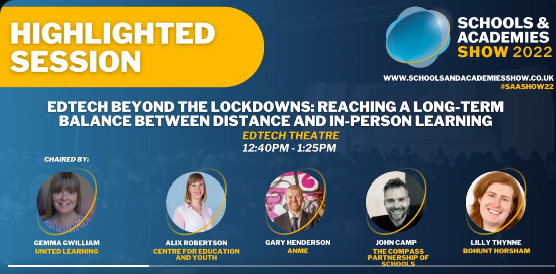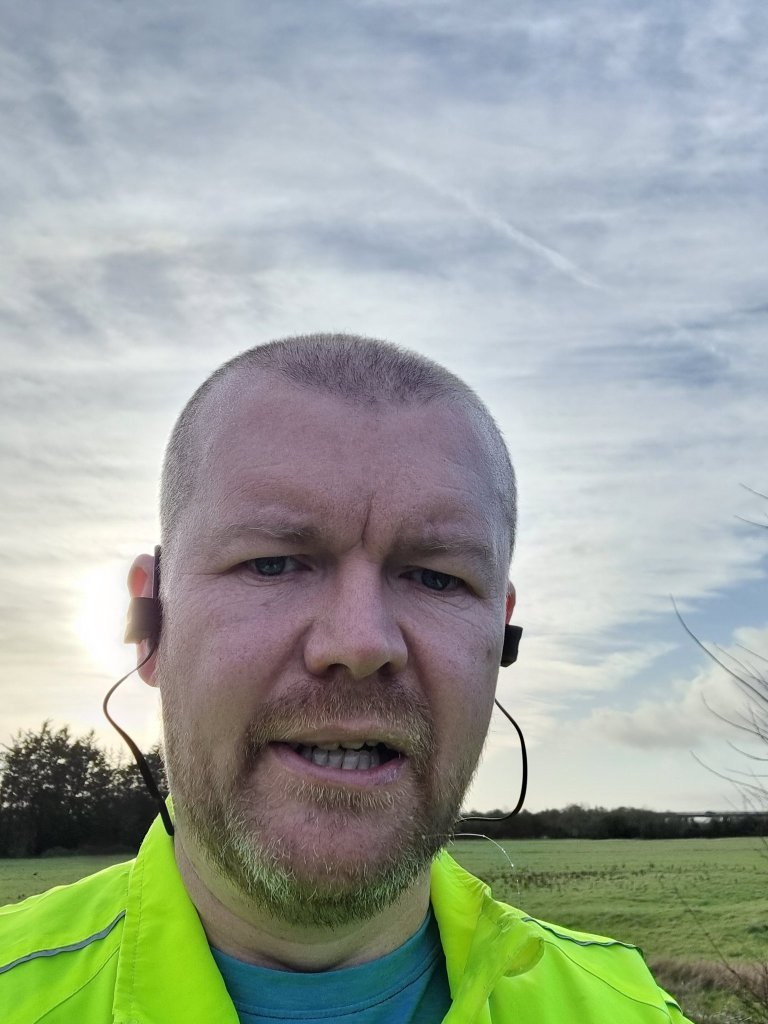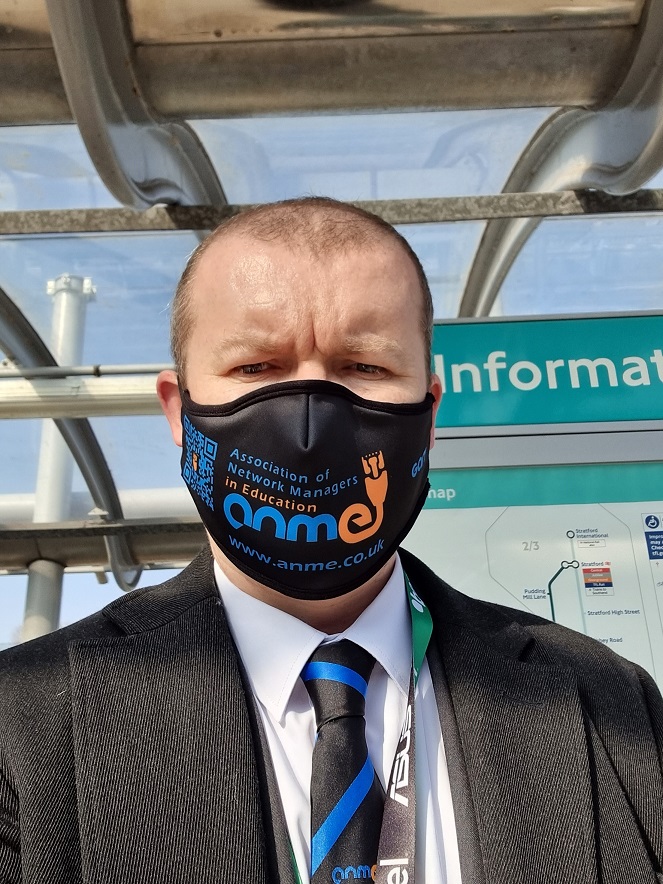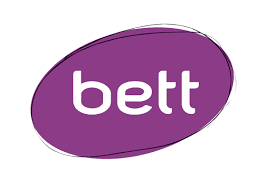I thought, following my recent panel discussion at the Schools an Academies Show in London I would write a short post on my thoughts on the 3 key questions posed as part of the session.

Delivering the curriculum beyond the physical classroom: how can schools effectively implement hybrid learning plans?
Some schools have been doing this for some time, using the flipped classroom for example. The issue is it needs to work for your school, your context, staff, and students. It needs to work for your hardware and infrastructure, etc, so just because an approach worked in other schools doesn’t mean you can simply pick up that solution and replicate it in your school. So, for me it’s about experimenting a little, and taking it slow. A large part of effective hybrid learning, is the same as traditional face to face learning, and about building up effective learning habits and routines, but this takes time; We need to allow for this time. Use what has been learnt over lockdown as to what worked and didn’t work in your school and go from there. But yes, look at other schools and what appears to work, but pick carefully at the elements of their practice that you wish to implement, and then give these approaches time to embed before seeking to advance further. And make sure to engage the teachers, students and parents in planning.
Do we finally have enough proof of the pedagogical efficacy of EdTech?
Given the variety of uses of edtech, edtech products, planned outcomes (e.g. academic, or soft skills, global awareness, etc), staff skills, equipment level, student tech skills, etc it is difficult to assess general efficacy accurately. As I wrote in my last post, it is a bit like assessing the efficacy of a bunch of hand tools, including some hammers, screwdrivers, hand drills and saws. Their efficacy depends very much on what they are being used for (e.g., using a screwdriver to hammer in a nail) and the skill level of the user, that of a DIY’er or an expert craftsperson. As such I am not sure what value there is in the question, given the large number of variables involved. I also note that the more variables involved the greater the likelihood of high levels of variation in results from different research studies plus a tendency for the generalised results to regress towards the mean, and a likely insignificant impact being suggested. I therefore believe we need to look at a different question, and whether EdTech has the potential to bring about positive improvements or impact in teaching and learning. Her I believe we already have proof that when used well, it can have a positive impact. We also have proof that without it learning during a pandemic wouldn’t have been possible, or not to the extent that was achieved. And we can see we now live in an increasing technological world. So, if the core of the original question is do we have evidence to support the continued use and required investment in Edtech, I would say yes.
How can leaders empower educators to discover the potential of technology in teaching?
This is about sharing and the organisational culture in my view. Establishing opportunities for people to share ideas and what worked as well as seeking support on what didn’t. It is also about encouraging sharing beyond the school using the various sources out there such as Apple Distinguished educators or Microsoft innovative educator experts. For me twitter is often the go to place and I have heard it described as “the best staffroom in the world”. So the sharing gets the ideas as to things to try, and then they need to be put into practice and this is where culture and climate come into play. The climate of the school has to be warm and supportive, and the culture open, thereby empowering people to try things in the knowledge that, they may not work as planned, but where they don’t this simply serves as a learning experience to be shared to help the collective teaching and student body move forward. In all my years working in education, and using EdTech, or simply technology in education, I have tried lots of different approaches, apps and other tools, with some working well and some not so well. The key has been I have been lucky to work in schools and colleges which were supportive of these attempts, the potential for them to bring about improvements, but also the acceptance that some might not work. Now obviously this isnt about throwing out a new app for all students in a school to use and running the risk of a negative experience for all students, but more about piloting and trialling with small groups where, should things don’t work, it is easy to discontinue the trial and recovery or address any negative impact. Looking back to the question, the key words are discovery and empower; This requires experimentation, people to feel valued and supported to innovate, the need to share so experiences are collective across staff/students rather than limited to a given teacher or class, plus there needs to be acceptance that the discovery made might simply be that a given tool or approach doesn’t work for your students.
Conclusion
I think the pandemic has both shown the importance of technology in education, plus has helped move schools and colleges forward, driven by the immediate need of the pandemic. Now the pandemic is (hopefully) receding, we now need to build the intrinsic need and want to continue the development of the use of technology in schools. It also needs to be something not just put in place now, but something sustainable in the longer term, so a simple purchase of infrastructure and devices in the coming months or year is insufficient if it isnt backed up with a plan for ongoing upgrade and replacement into the future. I suspect we now stand at the point where the rubber band may be stretched, encouraging a tendency for us to start to rebound back to the “way things were before the pandemic”, so it is now, more than ever, important that we push forward.











